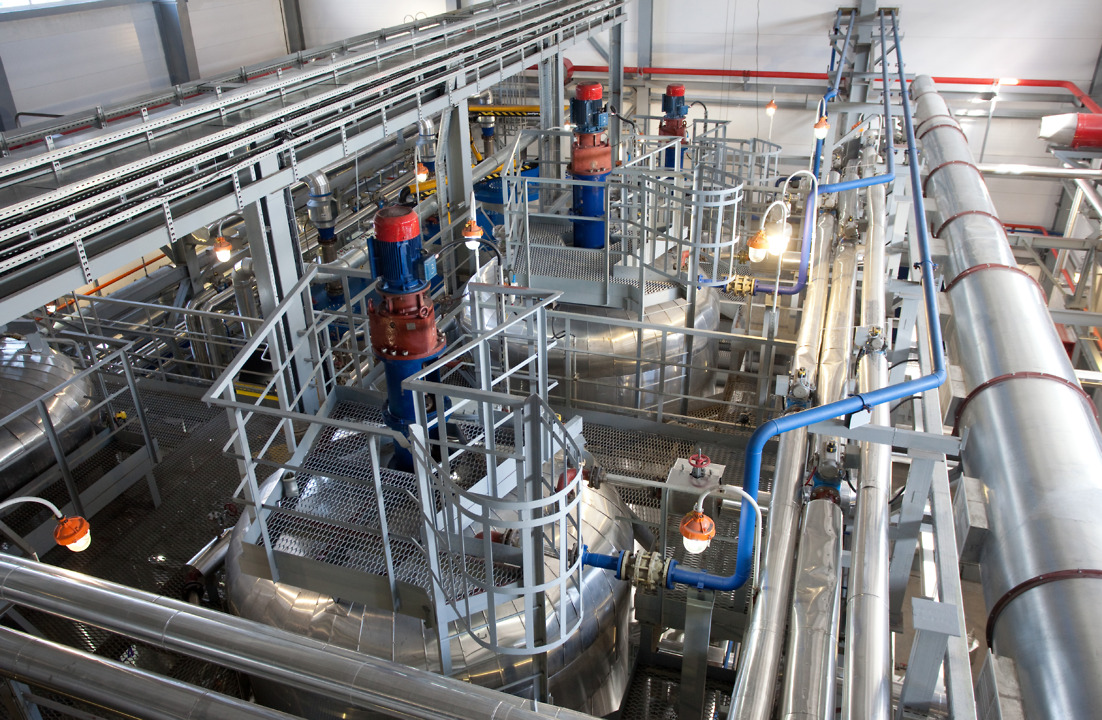After picking up at the start of this decade, the penetration of synthetic lubricants in Russia suffered a setback in 2014. Since then the popularity of those products has begun to recover, and industry insiders say it should grow going forward.
Demand for synthetics as a portion of total Russian lube demand, including process oils, peaked in 2013 at 27 percent, according to Kline & Co. consultancy. That was still significantly behind mature markets such as Western Europe, where synthetics constitute around 40 percent of demand. However, Russia fell further behind in 2014, when penetration of synthetics dipped to 21 percent. In 2015, the portion rose slightly to 22 percent.
According to industry sources, the shift toward synthetics was halted by a number of reasons:
- The countrys overall lubricant demand declined in 2014 and 2015;
- The state-sponsored import substitution policy expanded the market presence of domestic lube brands;
- The steep ruble devaluation made imported synthetic and semi-synthetic products less affordable for Russian consumers because of their decreased purchasing power.
The sluggish upward trend is expected to continue in 2016, with a recovery projected in 2017, said Gabriel Tarle, Klines senior analyst. Tarle is based in Prague, while the consultancy is headquartered in Parsippany, New Jersey.
The Russian economys second year of recession was primarily fueled by international sanctions and low oil prices. In my opinion, the weak economy, steep ruble devaluation and slumped lubricant production volumes in 2014 and 2015 were all negative factors for the synthetic and semi-synthetic product sales in Russia, Victor Pushkarev, head of Moscow-based consultancy Autostat,, said during an interview.
Autostat, which focuses on trends in Russias automotive lubricant market, said its underlying fundamentals point toward a shift toward synthetic and semi-synthetic oils, and the shift is likely to resume after 2016. In historical perspective, the Russian passenger car vehicle population that drives the synthetic and semi-synthetic sales increased tremendously since 2010, he said. In 2010 the share of passenger cars in the overall Russian vehicle population accounted for 40 percent, while this share increased to 57 percent in 2015.
The consultancy found that around 80 percent of the foreign-branded cars sold in Russia have original equipment manufacturer recommendations for use of synthetic oils.

Photo courtesy Gazpromneft-Lubricants
The consultancy regularly surveys Russian motorists about their habits. In 2016 Autostat found that 47 percent of the countrys motorists responded positive when asked if they regularly fill their engines with synthetic motor oils. If we go across all vehicle segments, including the heavy-duty and light commercial, the penetration of synthetic and semi-synthetic motor oils could be indeed around 25 percent, close to Klines estimates, Pushkarev indicated.
AvtoVaz, Russias leading car maker, also confirmed that that the penetration of synthetic products in the Russian lubricants market grew rapidly in the past six years, compared to the early and mid-2000s.
A good indicator for this is the factory-fill practice at Lada, the key Russian brand made by Avtovaz. Avtovaz sold 266,200 Lada-branded passenger cars in 2016. Russia had a total of 1.4 million passenger car sales in 2016.
During this past decade, we mainly used factory fill oils made with [API] Group I base oil components. But from 2012 onwards, the Ladas transmission units are first filled with semi-synthetic oils. From 2013 onwards this practice continued in the Lada car engines, Sergey Protiven, Avtovaz head specialist for fuels and lubricants, said during an interview.
The growing car sales in the Russian Arctic regions where harsh winter conditions reign is another factor that signals greater penetration of synthetic products in the years to come. As growth of car sales in these regions are increasing, they will need more and more low-viscosity synthetic oils, Protiven said.
Russian lube manufacturers are also increasingly using Russian-made Group III base oils that make their finished products competitive with their imported counterparts, Protiven said.